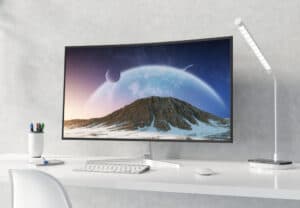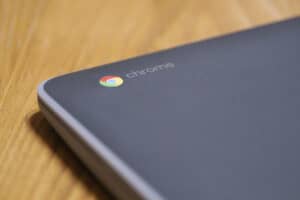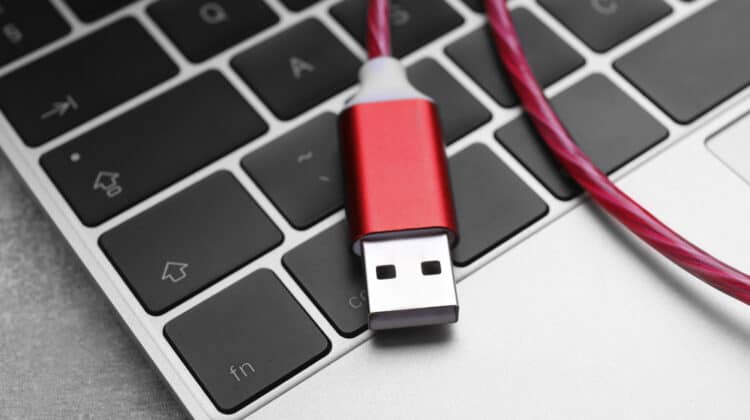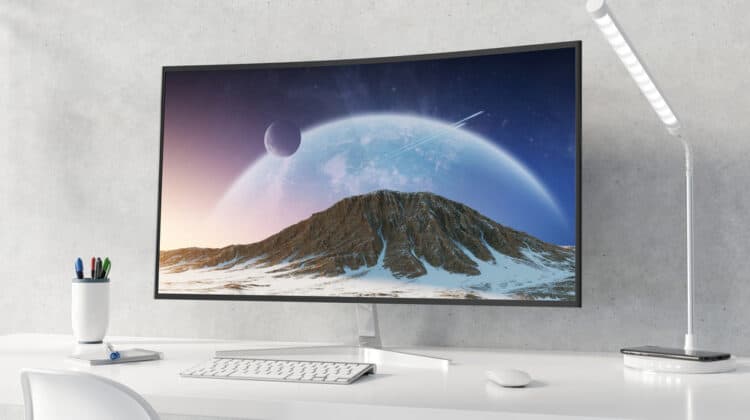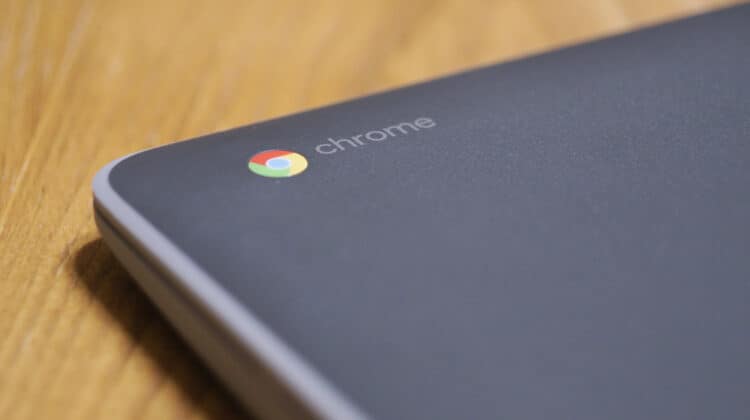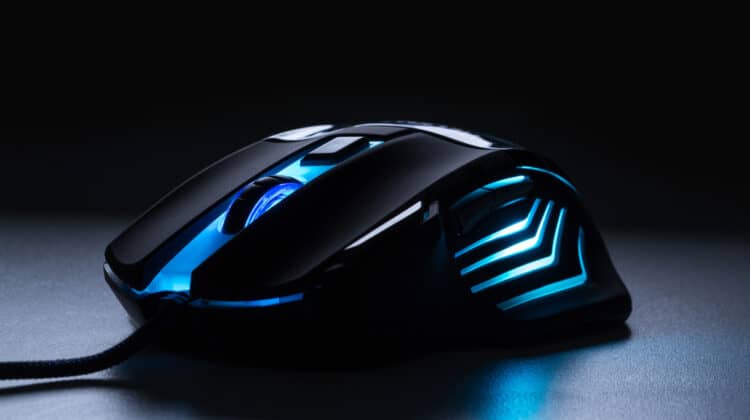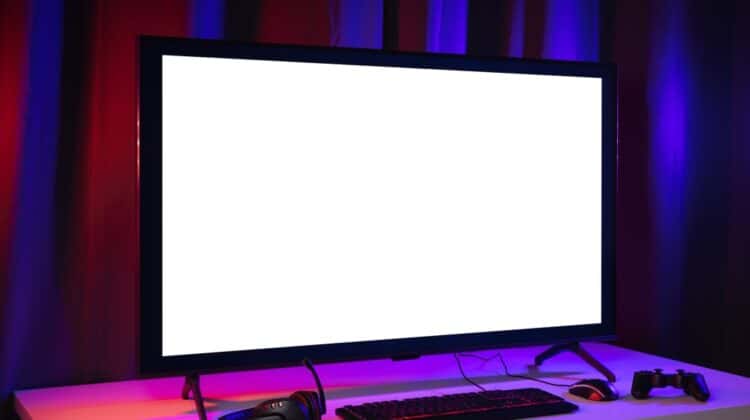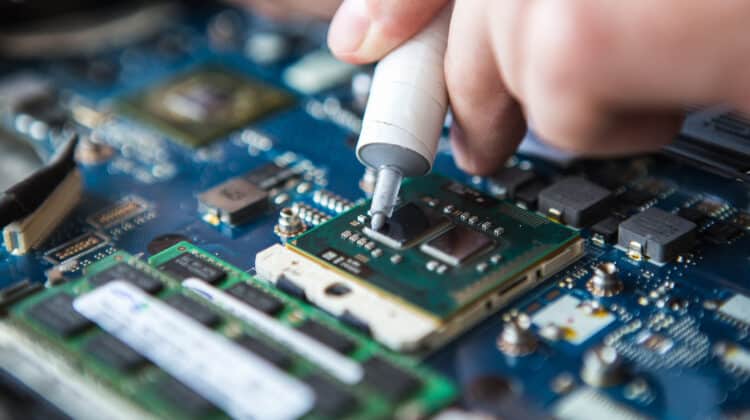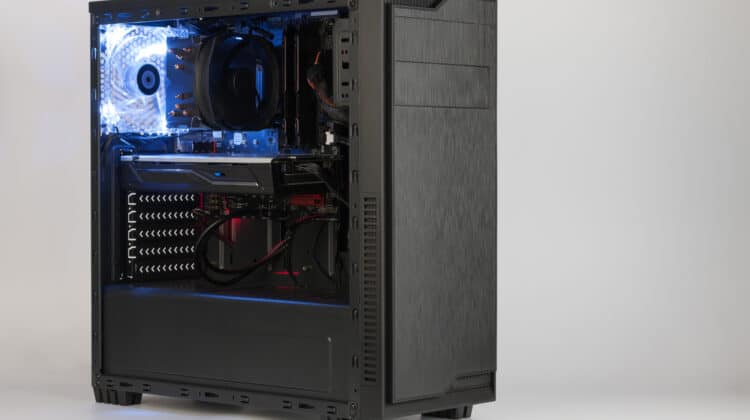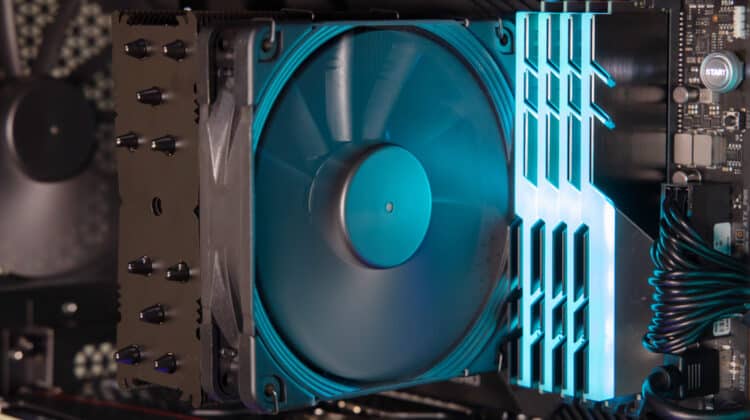
If you’re in the market for a new laptop, you must have gone through an endless list of specs and features.
These features may be hard to understand and confuse you in making the right decision.
One of these features is the optical drive, which you mostly see in the phrase, “No optical drive.”
What does this mean, and how can it affect your choice?
What Does No Optical Drive Mean?

When a computer comes with no optical drive, you can’t play CDs, DVDs, or Blu-ray discs, known as optical discs.
An optical drive is the hardware component inside laptops and desktops that houses the disc, spins it by moving a reading splinter above it, and reads or writes data on it by running a laser beam through it.
However, most modern PCs don’t have optical drives because optical discs have fallen out of use.
If you have an optical disc, you need to look for other ways to play the disc.
How Do Optical Drives Work?

Not long ago, optical drives were among the most popular tools for reading and writing data.
These drives read data on optical discs.
CDs, DVDs, and Blu-ray discs were all examples of optical discs, each offering a more advanced technology than the previous one.
Blu-ray is the latest optical disc technology with the highest capacity reaching 200GB.
They’re a form of secondary storage that allows you to save large amounts of data on a portable device.
They replaced the floppy disc, which was primitive compared to the optical technology, couldn’t stand heat and pressure, and had an extremely low capacity.
Optical disc drives use a lens that sends out laser beams to read and write data off the disc.
If you look at a CD, DVD, or Blu-ray disc, it’s smooth and shiny.
However, the disc contains pits and lands (holes and raised points) representing zeros and ones, respectively.
The drive can read data by passing laser beams through these pits and lands and changing them into readable data.
The optical disc drive connects to the motherboard through a data cable and opens and closes the disc tray using an open/close button.
You can open the tray by pushing it in or pressing the button next to it.
There’s also a power cable attached to the optical drive that connects to the power supply.
However, if the PC has built-in optical drives, you can’t see these cables.
In some other models, the disc drive involves a slot that accepts the disc when you push it in.
With a laptop PC, the optical drive is on the side of the panel, and a desktop case has an optical drive on the front panel.
Some of them may also have optical drives on the top panel.
Types Of Optical Discs

The optical disc technology has come a long way since its introduction in the 1970s when it was first used to record music.
Gradually, it advanced to the world of computers to store data in the CD-ROM format.
The technology improved, increasing the storage capacity and read/write speed.
In terms of read/write technology, the optical disc can be found in a wide range of formats.
The read-only format is offered by software companies and movie distributors, allowing users to only read the data without the ability to write or overwrite data on them.
They’re also ideal for people who plan to keep their data permanently without worrying about accidentally overwriting it.
Then, writable discs came along, allowing the users to record and write data on them only for a single time.
These CDs are labeled with the letter R, showing it’s only writable for a single time.
If the disc has letters RW in it, it’s rewritable, allowing you to rewrite data several times by erasing it.
There are also MO (magneto-optic) discs that read and write information.
These are great for those who want to add, delete, or alter information on their discs.
Why Modern PCs Lack Optical Drives

Optical drives were once a staple of external computer storage.
People had collections of CDs, DVDs, and Blu-ray discs to store everything, from movies to documents and programs.
They were so popular that some PCs even came with two optical drives.
However, they gradually phased out to the point that very few modern PCs come with a built-in optical drive.
Here are the main reasons we have no optical drives on many PCs today.
1. Advances In Technology

The main reason behind the obsolescence of optical drives is how technology works.
Why does nobody use floppy discs now?
We simply don’t need them.
Technology has progressed so fast that we have many attractive options to store our data without requiring physical storage media.
Our lives have become so reliant on digital technology, accumulating massive amounts of data, that older storage technologies don’t work for our purposes.
Even the technologies developed after optical drives, including HDDs, are less popular than when they first appeared.
2. Storage Size

Technological advances have allowed us to surpass the 200GB threshold made possible by Blu-ray discs.
With HDDs and SSDs, today, we can store terabytes of data on a single device without having to use several discs to achieve this capacity.
Now, a single storage device can replace tens of older ones.
If you have lots of physical space, you may not mind a large number of discs, but they can get more and more difficult to organize.
In addition, the cost-per-unit of modern storage solutions is much lower, making optical discs less economical.
Before the advent of SSDs and cloud storage, people used optical discs to back up data.
However, data size has increased exponentially, making these drives irrelevant.
3. Convenience

Modern technology has changed the way we store and move data.
Mobile devices have eliminated the need for physical storage, and carrying a bag of CDs or DVDs with us everywhere is impossible.
Listening to music and watching movies became even more convenient with the advent of streaming services, making optical media obsolete and irrelevant.
Cloud storage is the latest technology that allows you to store terabytes of data at a low cost per unit while having access to the files in real-time everywhere from any device.
You must have a PC with an optical drive to access your data on an optical disc.
In addition, each format requires its own dedicated optical drive, although they are backward compatible.
That means you have limited chances of accessing your data whenever and wherever you want.
Plus, data availability across all devices through the cloud doesn’t depend on the data type.
You can store music, movies, and even software with cloud storage.
Gone are the days when you had to travel to a physical store to purchase a software program on a CD-ROM.
Today, the developers or distributing companies send the programs over the internet and through online platforms and websites offering everything from music to operating systems.
4. Safety And Durability

Optical discs are physical devices that are inevitably subject to wear and tear.
Additionally, their peculiar technology makes them even more vulnerable to physical damage.
The drive has to spin to read and write data, making it prone to damage.
The discs require a special storage case to protect them against heat and other physical effects.
Otherwise, they can break easily.
Even a slight scratch on the disc could render it unusable, leading to major data losses.
If you didn’t back up your data on another device, you would lose it forever, without the possibility of recovering it.
However, today’s cloud technology means losing your data is almost impossible.
Those users with a large selection of DVDs and Blu-ray discs are advised to create digital copies of them to avoid losing their data.
Even the hard disks that store your data through mechanical technology and are riskier than cloud storage allow you to recover your data if they get damaged.
5. Manufacturer Concerns

Today’s electronic devices are all about minimalism and taking up little space.
Laptops are getting thinner for aesthetic and portability reasons.
Still, manufacturers have to reduce size without skimping on hardware specs.
As a result, they must find a tradeoff between these features by letting go of unnecessary components.
One of the first candidates was the optical drive because it wasn’t as popular, and users could easily replace it.
With the optical drive gone, the manufacturer has enough space to add many other features to keep the product’s performance high despite the reduced size.
Even in desktop PCs and huge gaming rigs, the absence of optical drives makes room for other vital components, like cooling solutions.
In addition, eliminating the optical drive can reduce the overall cost of the product.
Plus, some laptop manufacturers like Apple want their users to save their digital assets like apps on their cloud service.
It’s a way to encourage users to ditch physical media in favor of streaming and the cloud.
Here are some other factors that made optical drives obsolete:
Optical drives have a high-power consumption, reducing battery life in laptops.
Optical discs are physical objects that require huge amounts of raw material and can leave a significant carbon footprint and e-waste.
Blu-ray discs have specific formats that prevent users from copying their content.
However, not every Blu-ray disc has this capability, and older discs are still vulnerable.
In addition, older Blu-ray players can’t play the discs with the new technology.
As a result, users don’t like to buy Blu-ray discs since it’s unclear whether their devices support them.
Optical Drives And Gaming

One of the main applications of optical discs was gaming.
Gamers used to purchase their games on CDs or DVDs.
They’re still popular among gamers who play games on consoles.
These discs allowed distributors and officials to sell games without worrying about copyright infringement.
However, the general trend moved away from these discs, making the gaming industry follow suit.
Now, games are available on many gaming platforms, allowing users to access games without leaving their homes.
As a result, gamers can find even rare titles over the internet without searching physical stores.
The only cases when gamers need an optical drive are when they want to play older indie games that don’t have digital copies.
As long as they stick with modern titles, gamers don’t need an optical drive on their gaming rigs.
That’s why you may also see no optical drives on modern gaming PCs.
What To Do Without Optical Drives

Suppose you buy a new laptop that doesn’t have an optical drive.
That may be okay since you may never need an optical disc or drive.
However, you may have a selection of DVDs that you’d like to play once in a while.
Maybe you have come across content that’s only offered on Blu-ray.
In addition, some software programs still require these discs for emergency boot.
Occasionally, you may get your favorite artist’s album on DVD as a gift from a friend who doesn’t know your PC can’t play it.
Fortunately, having a PC without an optical drive doesn’t mean you can’t use an optical disc.
You can use other ways to play your CD, DVD, or Blu-ray.
1. Use An External Optical Drive
External optical drives are readily available these days.
You can purchase one at a reasonable price and connect it to your laptop or desktop using a simple plug-and-play mechanism.
Most of these drives connect to the PC via USB, automatically get installed on the computer, and get ready to play your discs.
Before getting one, ensure it matches your computer’s operating system and the file format you want to play on the device.
2. Use Another Device With An Optical Drive
Sometimes you desperately need the information on a CD or DVD and can’t find it anywhere.
While you can go online and search other sources to get the same content that you have on the disc, it’s not always possible.
In such cases, your only choice is to insert the disc into a computer with an optical disc drive and get the information you want.
Then save it on any storage device that you have for future access.
However, you may have legal restrictions regarding copyright and creating copies of your disc content.
You must ensure you’re not violating any laws before ripping the disc.
FAQs

1. Do New Computers Have DVD Drives?
Most recent computers don’t have DVD drives because they’re unnecessary.
You can download almost everything on the internet, including software, games, and operating systems.
These drives are bulky and make laptops heavy, while manufacturers want laptops to be thin and portable.
2. How Do I Connect My External DVD Player To My Desktop Computer?
Most DVD players can connect to the computer through a USB port.
They don’t have any specific installation process, and you can use them as soon as you connect them to the computer.
You may need to connect the DVD player via the HDMI port.
3. What Is An Example Of An Optical Drive?
An optical drive can include CD, DVD, or Blu-ray drives.
These drives use laser beams to read data stored on the disc in the shape of pits and lands corresponding to zeros and ones.
The technology used in these drives varies depending on the spin speed and the platter type.
NEXT: Why Does My Computer Take So Long To Boot Up? (Causes, Fixes)
